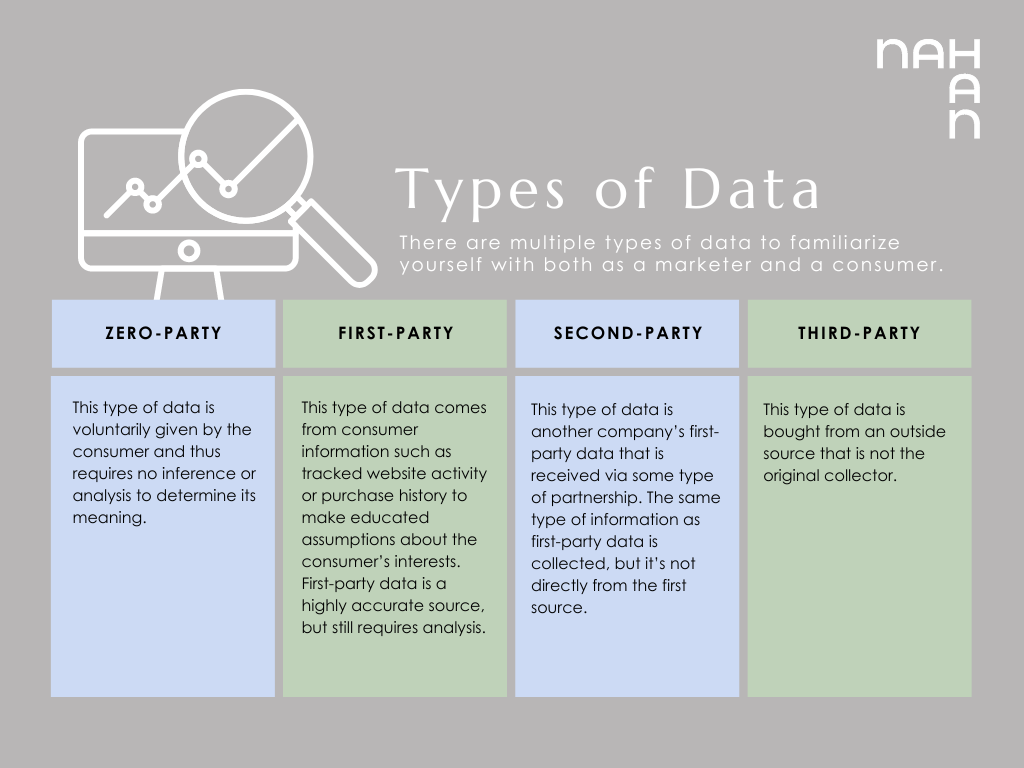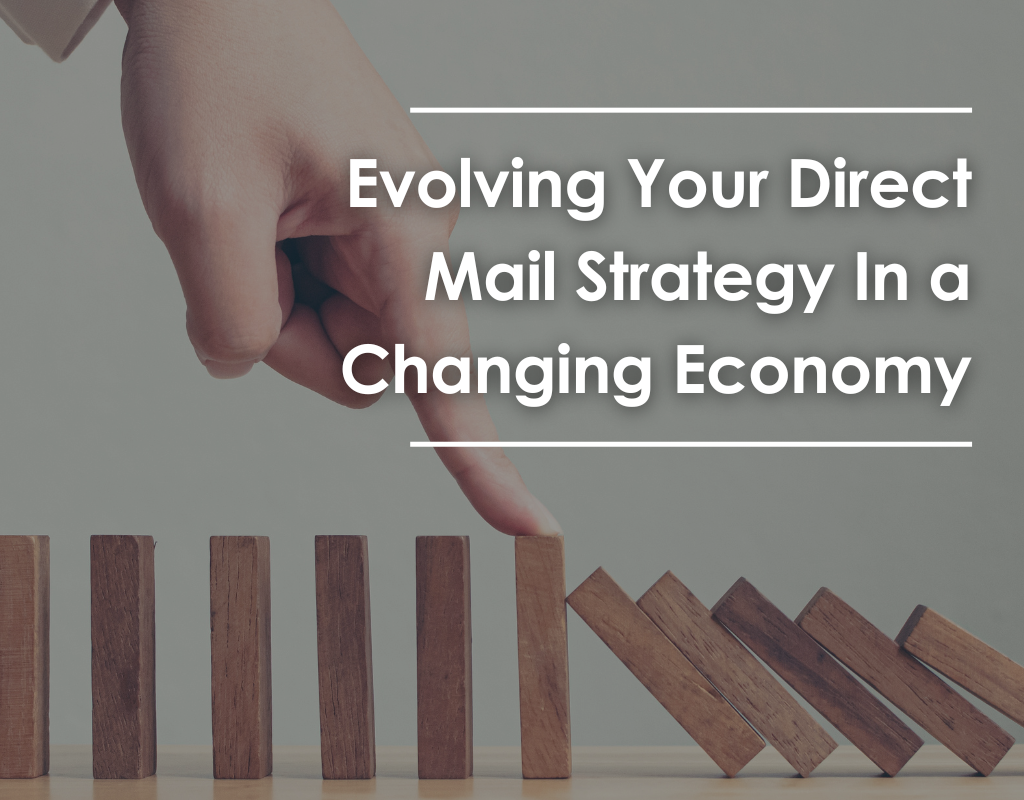Author: Camille Rosa, Senior Marketing Specialist
All marketers know….data is king. And lately there’s been a new type of data sitting on the throne, known as zero-party data. If you don’t closely follow the data landscape, this is likely a new term you’ve heard floating around, unsure of its meaning for marketers. With the state of the market today, zero-party data is a crucial tool that all marketers should become familiar with.
Changing Consumer Behavior
It’s no surprise that consumers are becoming more concerned about their data and how it’s being used. With fears of data breaches or invasive data tracking, consumers are more wary than ever of how their data is collected.
At the same time, consumers want a personalized shopping experience – one that makes product recommendations based on their interests and doesn’t just blindly advertise to them. Can consumers have the best of both worlds – data privacy and a personalized advertising experience?
This is where zero-party data enters the chat.
What Is Zero-Party Data?
Zero-Party data is relatively new to the data scene. Forrester Research coined the term in 2018, defining it as “data that a customer intentionally and proactively shares with a business.” It can include preference center data, purchase intentions, personal contexts, and data on how an individual wants to be recognized by the brand.”
Instead of relying on tracking consumers, zero-party data allows consumers to voluntarily offer personal data to a brand. In exchange, consumers are expecting their freely given information to improve their shopping experience.
Let’s go over some examples of questions brands might ask to gather zero-party data:
- “Tell us about your most recent shopping experience with us.”
- “How much does sustainability impact your purchasing decisions?”
- “What problem does this product/service help you solve?”
- “What are some of your hobbies?”
- “Do you prefer one email per week or one every two weeks?”
How do brands capture the answers to these questions?
- Pop-up windows
- Opt-in forms
- Social media prompt questions
- User profiles
- Polls, quizzes, and surveys
How Does Zero-Party Data Fit into the Data Landscape?
Zero-Party Data – This type of data is voluntarily given by the consumer and thus requires no inference or analysis to determine its meaning.
First-Party Data – This type of data comes from consumer information such as tracked website activity, purchase history, or contact information to make educated assumptions about the consumer’s interests. First-party data is a highly accurate source, but still requires analysis, unlike zero-party data.
Second-Party Data – This type of data is another company’s first-party data that is received via some type of partnership. The same type of information as first-party data is collected, but it’s not directly from the first source.
Third-Party Data – This type of data is bought from an outside source that is not the original collector.
Death of Third-Party Cookies
As consumer data tracking has become more regulated and privacy concerns have grown, third-party cookies have become phased out by several companies, including Firefox and Safari. Google is set to have them fully phased out by 2024.
What does this mean for marketers? Privacy will remain a concern for consumers. Now is the time to begin collecting data in other consent-based methods, such as zero-party data.
Using Zero-Party Data in Your Marketing
One sure-fire way to grow revenue is to show consumers products and services that are tailored to their interests. It’s a no brainer, right? Brands have been doing it for years.
Not only is zero-party data the way of the future, but it is also more accurate as it comes explicitly from the consumer. When used in combination with first-party data, marketers can gain extremely valuable insights into the desires of consumers, ultimately offering them a better brand experience with less controversial data methods.
Now is the time to do an audit of how you are collecting your data and how you’re making the data work for you.
Learn more about our data services and how we provide prospect leads by utilizing multiple data sources and generating predictive models here.





